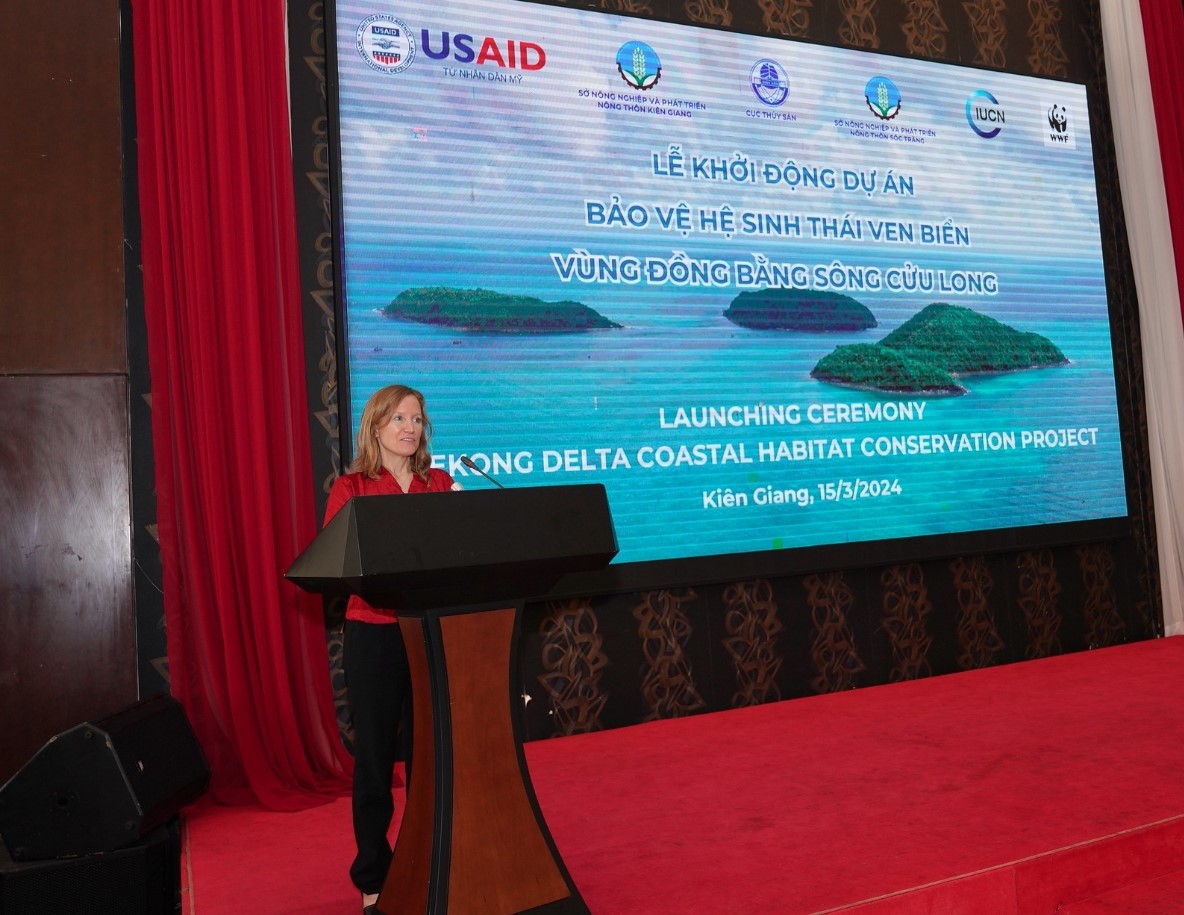Best Universities For Social Science Research In The U.S
Social Science Research is the activity of gathering, analysing and interpreting information for a variety of social, economic, educational and political purposes. Social science research seeks to understand the hows and whys of human behavior. Define social science research and explore the methods and topics used by social science researchers.
Where is cutting-edge social science research being conducted in the United States? What are the top universities for research in areas such as anthropology, economics, political science, psychology, and sociology?
The HERD survey summarizes the federal, state, and other funds a university spends on all its research activities, and it also breaks those expenditures out by ten major fields: computer and information sciences; engineering; geosciences, atmospheric sciences, and ocean sciences; life sciences; mathematics and statistics; physical sciences; psychology; social sciences; other sciences; and non-science and engineering. Take a look at these America’s best universities for social science research in the U.S.
1. Arizona State University
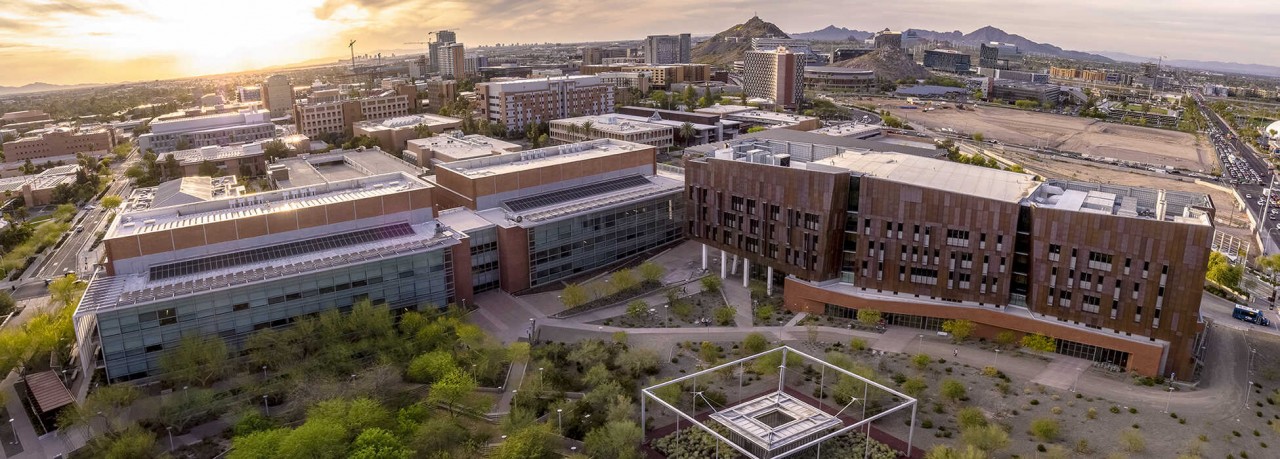 |
| Photo: Wikipedia |
Arizona State University (Arizona State or ASU) is a public research university in the Phoenix metropolitan area. Founded in 1885 by the 13th Arizona Territorial Legislature, ASU is one of the largest public universities by enrollment in the U.S.
One of three universities governed by the Arizona Board of Regents, ASU is a member of the Universities Research Association and classified among "R1: Doctoral Universities – Very High Research Activity". ASU has nearly 150,000 students attending classes, with more than 38,000 students attending online, and 90,000 undergraduates and more nearly 20,000 postgraduates across its five campuses and four regional learning centers throughout Arizona. ASU offers 350 degree options from its 17 colleges and more than 170 cross-discipline centers and institutes for undergraduates students, as well as more than 400 graduate degree and certificate programs. The Arizona State Sun Devils compete in 26 varsity-level sports in the NCAA Division I Pac-12 Conference and is home to over 1,100 registered student organizations.
ASU's charter, approved by the board of regents in 2014, is based on the New American University model created by ASU President Michael M. Crow upon his appointment as the institution's 16th president in 2002. It defines ASU as "a comprehensive public research university, measured not by whom it excludes, but rather by whom it includes and how they succeed; advancing research and discovery of public value; and assuming fundamental responsibility for the economic, social, cultural and overall health of the communities it serves." The model is widely credited with boosting ASU's acceptance rate and increasing class size.
2. University of Michigan
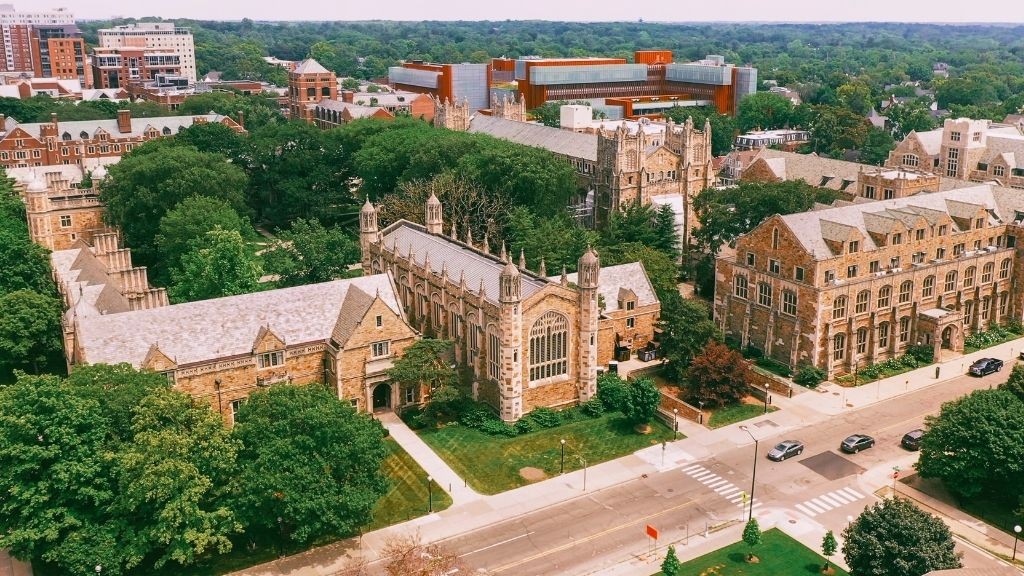 |
| Photo: Live Science |
The University of Michigan (Michigan, or UMich) is a public research university in Ann Arbor, Michigan. Founded in 1817 by an act of the old Michigan Territory, as the Catholepistemiad, or the University of Michigania, 20 years before the territory became a state, the university is Michigan's oldest. The institution was moved to Ann Arbor in 1837 onto 40 acres (16 ha) of what is now known as Central Campus, a U.S. historic district. Since its establishment in Ann Arbor, the university has expanded to include some 500 buildings spread out over the city. The university has been governed by an elected board of regents independently of the state since 1850, when the state's second constitution was officially adopted.
The university consists of nineteen colleges and offers degree programs at undergraduate, graduate and postdoctoral levels in some 250 disciplines. Michigan has ten professional schools: the Taubman College of Architecture and Urban Planning, Ross School of Business, Medical School, Law School, Ford School of Public Policy, College of Pharmacy, School of Social Work, School of Public Health, and School of Dentistry. It affiliates with two regional universities (satellite campuses) in Flint and Dearborn (each separately accredited universities), and a Center in Detroit.
Michigan has been a coeducational institution since 1871. The university's enrollment is approximately 32,000 undergraduate students and 16,000 graduate students. Undergraduate admission to the university is categorized as "most selective." Nearly half of the students are from out of state. International students from some 130 countries account for 5 percent of the entire student body. In 2021, Michigan's six-year graduation rate was 93 percent.
3. University of South Carolina
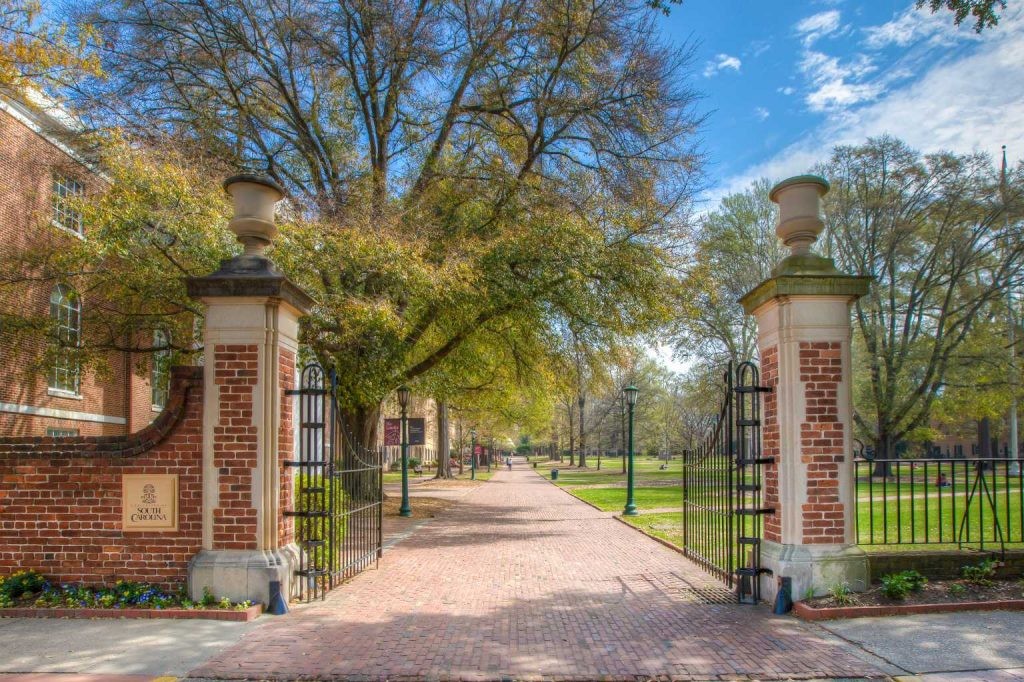 |
| Photo: Clever Academy |
The University of South Carolina is a public research university in Columbia, South Carolina. It has seven satellite campuses throughout the state and its main campus covers over 359 acres (145 ha) in downtown Columbia not far from the South Carolina State House. The university is classified among "R1: Doctoral Universities with Highest Research Activity". It also houses the largest collection of Robert Burns and Scottish literature materials outside Scotland, and the world's largest Ernest Hemingway collection.
Founded in 1801 as South Carolina College, Columbia is the flagship institution of the University of South Carolina System and offers more than 350 programs of study, leading to bachelor's, master's, and doctoral degrees from 14 degree-granting colleges and schools. The university has a total enrollment of approximately 52,000 students, with over 35,000 on the main Columbia campus as of fall 2019, making it the largest university in South Carolina. USC also has several thousand future students in feeder programs at surrounding technical colleges. Professional schools on the Columbia campus include business, engineering, law, medicine, pharmacy, and social work.
4. George Mason University
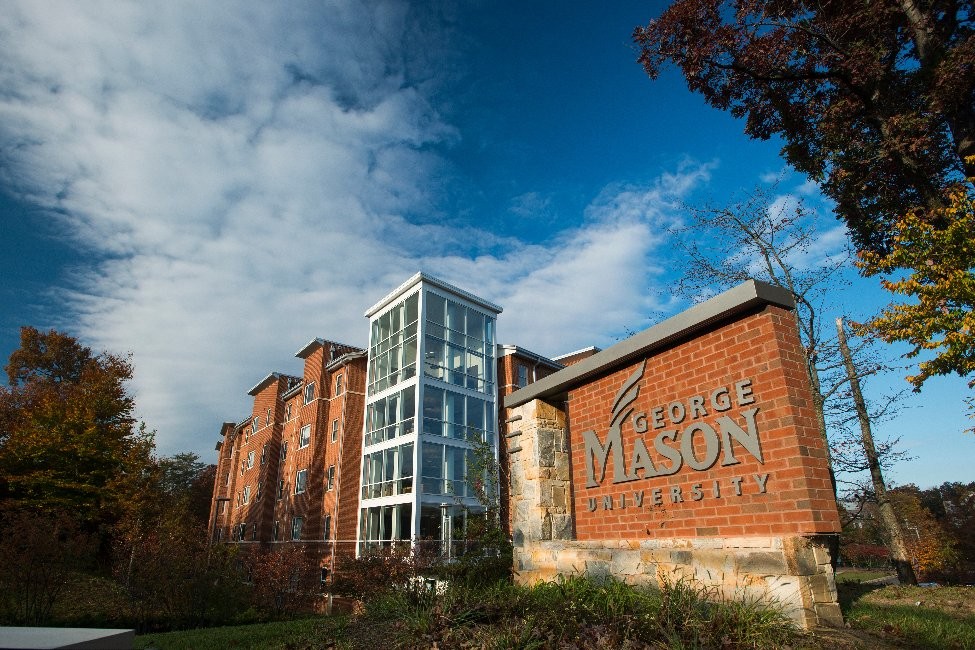 |
| Photo: Study in the USA |
George Mason University (Mason, GMU) is a public research university in Fairfax County, Virginia. The university was originally founded in 1949 as a northern branch of the University of Virginia. Renamed in 1959 after American Founding Father George Mason, who authored the Virginia Declaration of Rights that later influenced the future Bill of Rights of the United States Constitution, it became an independent university in 1972. It has since grown to become the largest four-year public university in the Commonwealth of Virginia. Mason operates four campuses in Virginia (Fairfax, Arlington, Front Royal, and Prince William), as well as a campus in South Korea.
The Carnegie Classification of Institutions of Higher Education ranks it among "R1: Doctoral Universities – Very high research activity". Two George Mason economics professors have won the Nobel Memorial Prize in Economics: James M. Buchanan in 1986 and Vernon L. Smith in 2002.
EagleBank Arena (formerly the Patriot Center), a 10,000-seat arena and concert venue operated by the university, is located on the main Fairfax campus. The university recognizes 500 student groups as well as 41 fraternities and sororities.
5. Harvard University
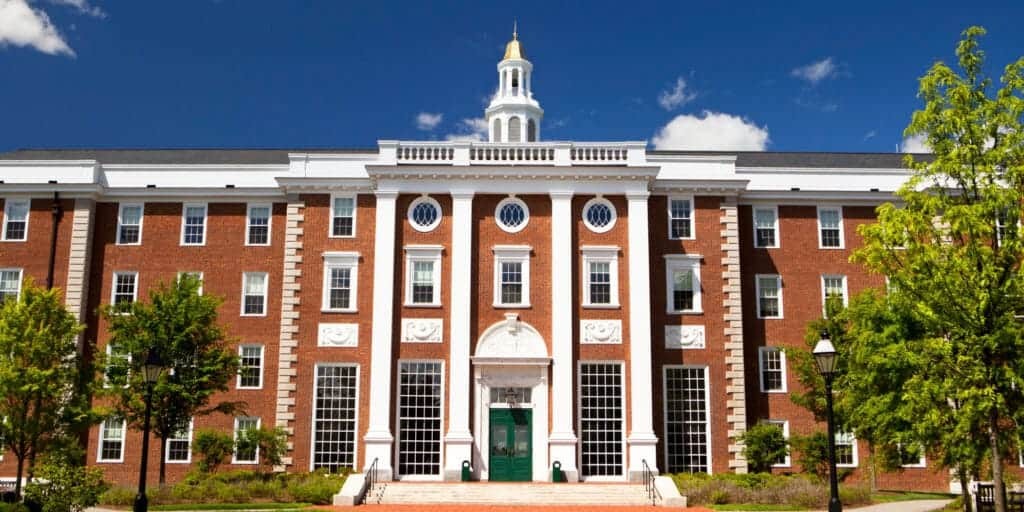 |
| Photo: College Consensus |
Harvard University is a private Ivy League research university in Cambridge, Massachusetts. Founded in 1636 as Harvard College and named for its first benefactor, the Puritan clergyman John Harvard, it is the oldest institution of higher learning in the United States and among the most prestigious in the world.
The university is composed of ten academic faculties plus the Radcliffe Institute for Advanced Study. Arts and Sciences offers study in a wide range of academic disciplines for undergraduates and for graduates, while the other faculties offer only graduate degrees, mostly professional. Harvard has three main campuses: the 209-acre (85 ha) Cambridge campus centered on Harvard Yard; an adjoining campus immediately across the Charles River in the Allston neighborhood of Boston; and the medical campus in Boston's Longwood Medical Area. Harvard's endowment is valued at $53.2 billion, making it the largest of any academic institution. Endowment income helps enable the undergraduate college to admit students regardless of financial need and provide generous financial aid with no loans. The Harvard Library is the world's largest academic library system, comprising 79 individual libraries holding about 20.4 million items.
Harvard has more alumni, faculty, and researchers who have won Nobel Prizes (161) and Fields Medals (18) than any other university in the world and more alumni who have been members of the U.S. Congress, MacArthur Fellows, Rhodes Scholars (375), and Marshall Scholars (255) than any other university in the United States. Its alumni include eight U.S. presidents and 188 living billionaires, the most of any university. Fourteen Turing Award laureates have been Harvard affiliates. Students and alumni have won 10 Academy Awards, 48 Pulitzer Prizes, and 110 Olympic medals (46 gold), and they have found many notable companies.
6. The University of California, Berkeley
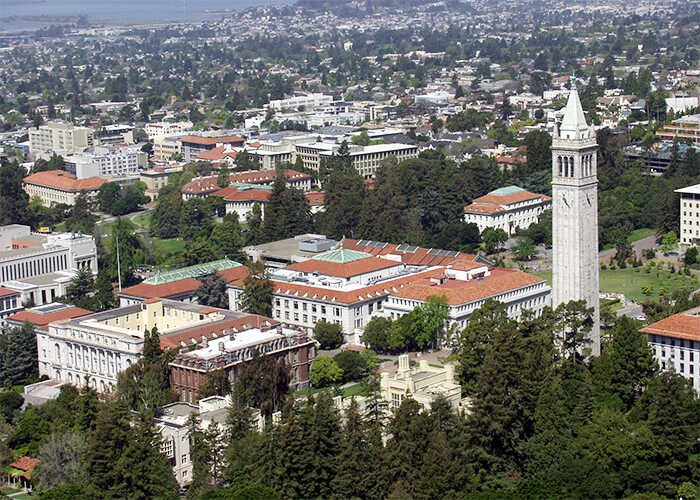 |
| Photo: UC Berkeley News - University of California, Berkeley |
The University of California, Berkeley (UC Berkeley, Berkeley, Cal, or California) is a public land-grant research university in Berkeley, California. Established in 1868 as the University of California, it is the state's first land-grant university and the first campus of the University of California system. Its fourteen colleges and schools offer over 350 degree programs and enroll some 31,000 undergraduate and 12,000 graduate students. Berkeley is ranked among the world's top universities by major educational publications.
A founding member of the Association of American Universities, Berkeley hosts many leading research institutes, including the Mathematical Sciences Research Institute and the Space Sciences Laboratory. It founded and maintains close relationships with three national laboratories at Berkeley, Livermore and Los Alamos, and has played a prominent role in many scientific advances, from the Manhattan Project and the discovery of 16 chemical elements to breakthroughs in computer science and genomics. Berkeley is also known for political activism and the Free Speech Movement of the 1960s.
Berkeley alumni and faculty count among their ranks 114 Nobel laureates, 25 Turing Award winners, 14 Fields Medalists, 28 Wolf Prize winners, 103 MacArthur "Genius Grant" recipients, 30 Pulitzer Prize winners, and 19 Academy Award winners. The university has produced seven heads of state or government; six chief justices, including Chief Justice of the United States Earl Warren; 22 cabinet-level officials; 11 governors; and 25 living billionaires. It is also a leading producer of Fulbright Scholars, MacArthur Fellows, and Marshall Scholars. Berkeley alumni, widely recognized for their entrepreneurship, have founded numerous notable companies, including Apple, Tesla, Intel, eBay, SoftBank, AIG, and Morgan Stanley.
7. University of North Carolina at Chapel Hill
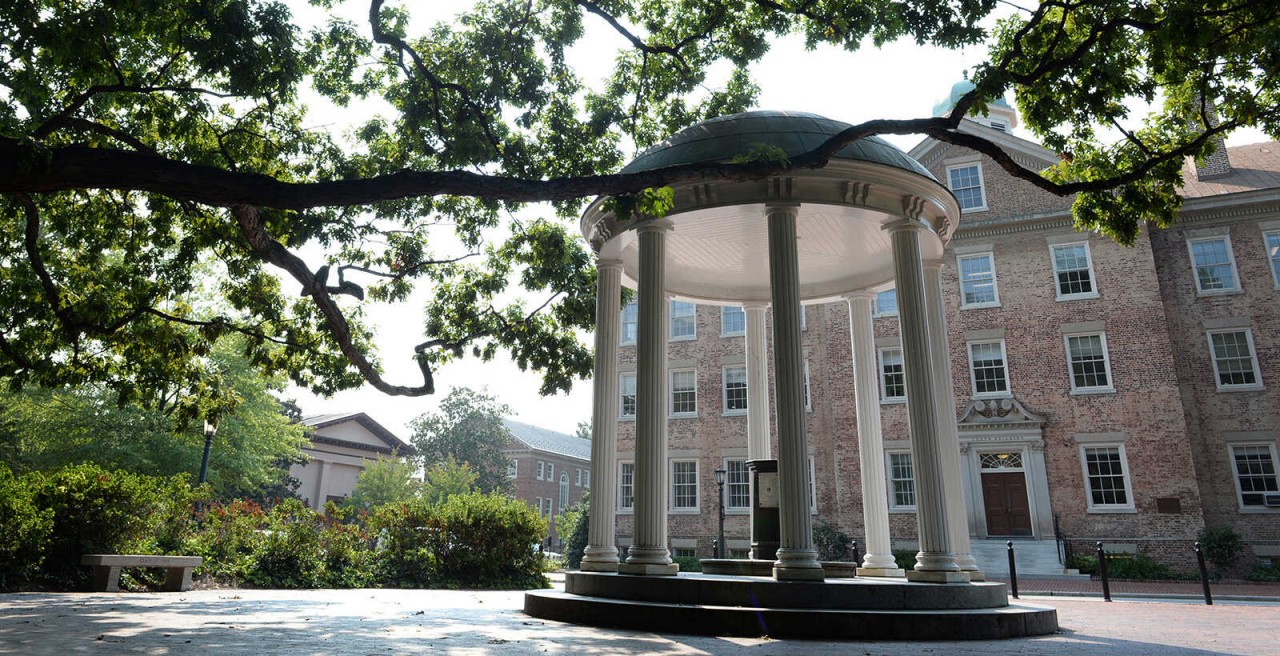 |
| Photo: The University of North Carolina at Chapel Hill |
University of North Carolina—Chapel Hill is a public institution that was founded in 1789. It has a total undergraduate enrollment of 19,399 (fall 2020), its setting is suburban, and the campus size is 729 acres. It utilizes a semester-based academic calendar. University of North Carolina—Chapel Hill's ranking in the 2022 edition of Best Colleges is National Universities, #28. Its in-state tuition and fees are $8,992; out-of-state tuition and fees are $36,776.
The University of North Carolina—Chapel Hill, often referred to as UNC, offers a wide range of student activities. Popular student organizations include The Daily Tarheel, UNC’s student newspaper, and WXYC, the student-run radio station. Nearly 20 percent of students are members of Greek life. Chapel Hill, which surrounds UNC, is often considered one of the best college towns in the country, offering music, restaurants and shopping. Almost half of all undergraduates live on campus in one of the residence halls or apartment complexes. The North Carolina Tar Heels are members of the Atlantic Coast Conference and are known for their men’s basketball team, which maintains a storied rivalry with nearby institution Duke University and is one of the most successful programs in college basketball. Former players include Michael Jordan and Vince Carter.
8. Georgetown University
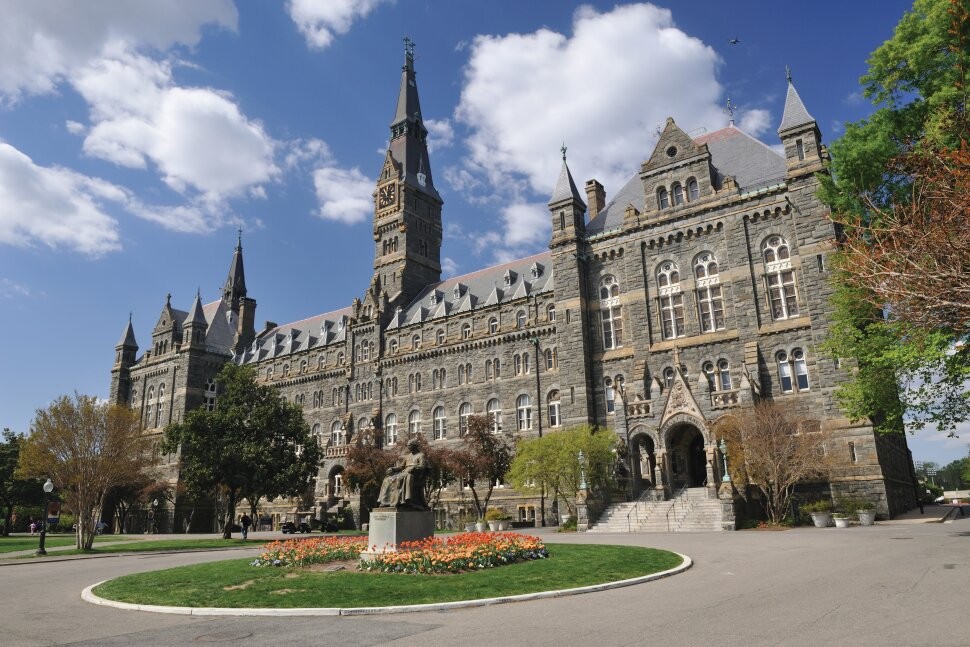 |
| Photo: USNews.com |
Georgetown University is a private institution that was founded in 1789. It has a total undergraduate enrollment of 7,357 (fall 2020), its setting is urban, and the campus size is 104 acres. It utilizes a semester-based academic calendar. Georgetown University's ranking in the 2022 edition of Best Colleges is National Universities, #23. Its tuition and fees are $59,957.
Georgetown University is situated overlooking the Potomac River just a few minutes from downtown Washington. There are numerous traditional residence halls, and freshmen, sophomores and juniors are required to live on campus. Other students choose to live in the townhouses and apartments surrounding campus. Student organizations on campus include religious groups, media outlets and student government. The Georgetown Hoyas are part of the NCAA’s Division I and are well known for their dominant men’s basketball team, which maintains a fierce rivalry with Syracuse University and plays most home games at Capital One Arena, also home to the Washington Wizards. The popular chant "hoya saxa," a mix of ancient Greek and Latin that means "what rocks," gained prominence in 1920 and – contrary to popular belief – has nothing to do with Georgetown’s mascot, Jack the Bulldog.
9. Indiana University
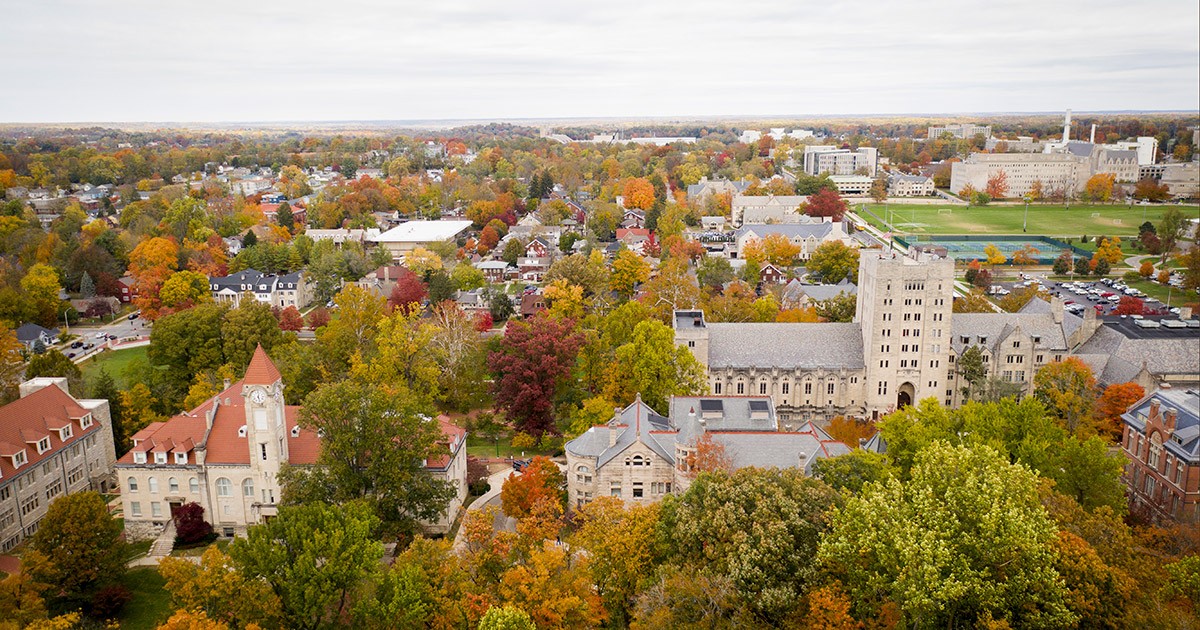 |
| Photo: Office of Admissions - Indiana University Bloomington |
Indiana University—Bloomington is a public institution that was founded in 1820. It has a total undergraduate enrollment of 32,986 (fall 2020), its setting is city, and the campus size is 1,944 acres. It utilizes a semester-based academic calendar. Indiana University—Bloomington's ranking in the 2022 edition of Best Colleges is National Universities, #68. Its in-state tuition and fees are $11,334; out-of-state tuition and fees are $38,354.
No one quite knows what a "Hoosier" is, but a murky definition does not stop students at Indiana University— Bloomington from fiercely identifying with the term. The school's sports teams are notorious competitors in the NCAA Division I Big Ten Conference, and, since Indiana University does not have a mascot, all teams are known simply as Hoosiers. There are more than 750 student organizations on campus, and more than 8,200 students go Greek in the school’s large community of fraternities and sororities. Freshmen must live on campus for at least two semesters, though there are some exceptions. The Midwestern college town of Bloomington, or B-town, as it is known to many, is home to a lively cultural scene. Arts and entertainment performances, such as the annual Lotus World Music & Arts Festival, take place year-round. Students can explore the surrounding area through the Indiana University Outdoor Adventures program, which coordinates hiking, whitewater rafting and rock climbing trips.
10. The University of Southern California
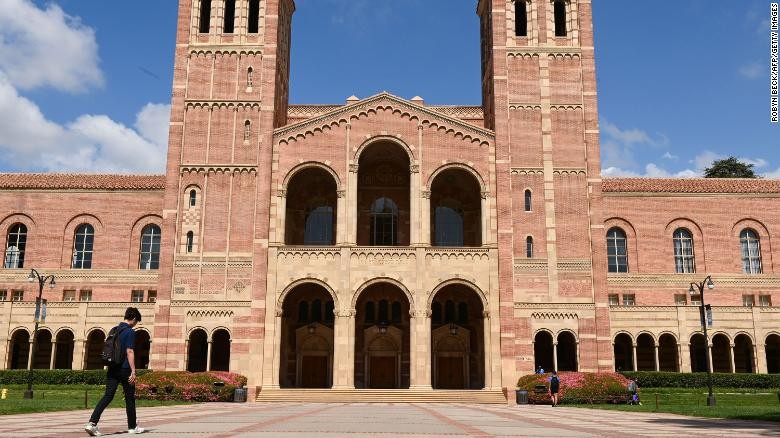 |
| Photo: Getty Images |
University of Southern California is a private institution that was founded in 1880. It has a total undergraduate enrollment of 19,606 (fall 2020), its setting is urban, and the campus size is 226 acres. It utilizes a semester-based academic calendar. University of Southern California's ranking in the 2022 edition of Best Colleges is National Universities, #27. Its tuition and fees are $60,275.
The University of Southern California’s central campus, referred to as the University Park campus, is located in Los Angeles’s Downtown Arts and Education Corridor. USC has other campuses in L.A. in addition to sites around Southern California and in Sacramento, Calif., and Washington, D.C. Students can participate in the more than 1,000 on-campus organizations, ranging from religious groups to club sports. USC students are not required to live on campus, but the university offers housing in its 40 or so residence halls and apartment buildings. A thriving Greek life comprises more than 50 chapters representing about 20 percent of undergraduate students. The USC Trojans compete in the Pac-12 Conference and are known for their legendary football program.
 | Six Vietnamese Universities Named Among Asia’s Top 500 Six universities of Vietnam has been listed among top 500 in Asia in 2022 by global higher education think-tank Quacquarelli Symonds (QS). |
 | Eleven Vietnamese Universities Rank in QS’s Top Asian Universities 2021 This year QS AUR’s ranking features 650 institutions compared to last year’s 550, including 11 Vietnamese institutions, the highest ranking among them went to the ... |
 | First Two Vietnamese Universities Ranks the World's Top 500 Vietnam's Duy Tan and Ton Duc Thang universities have been ranked among the world's top 401-500 universities in the Time Higher Education (THE) 2022 rankings. ... |
Recommended
 Handbook
Handbook
Vietnam Moves Up 8 Places In World Happiness Index
 Handbook
Handbook
Travelling Vietnam Through French Artist's Children Book
 Multimedia
Multimedia
Vietnamese Turmeric Fish among Best Asian Dishes: TasteAtlas
 Handbook
Handbook
From Lost to Found: German Tourist Thanks Vietnamese Police for Returning His Bag
 Handbook
Handbook
Prediction and Resolution for the Disasters of Humanity
 Handbook
Handbook
16 French Films To Be Shown For Free During Tet Holiday In Vietnam
 Handbook
Handbook
Unique Cultural and Religious Activities to Welcome Year of the Snake
 Handbook
Handbook


